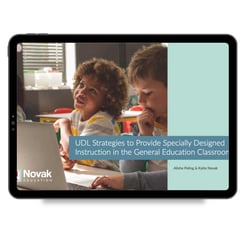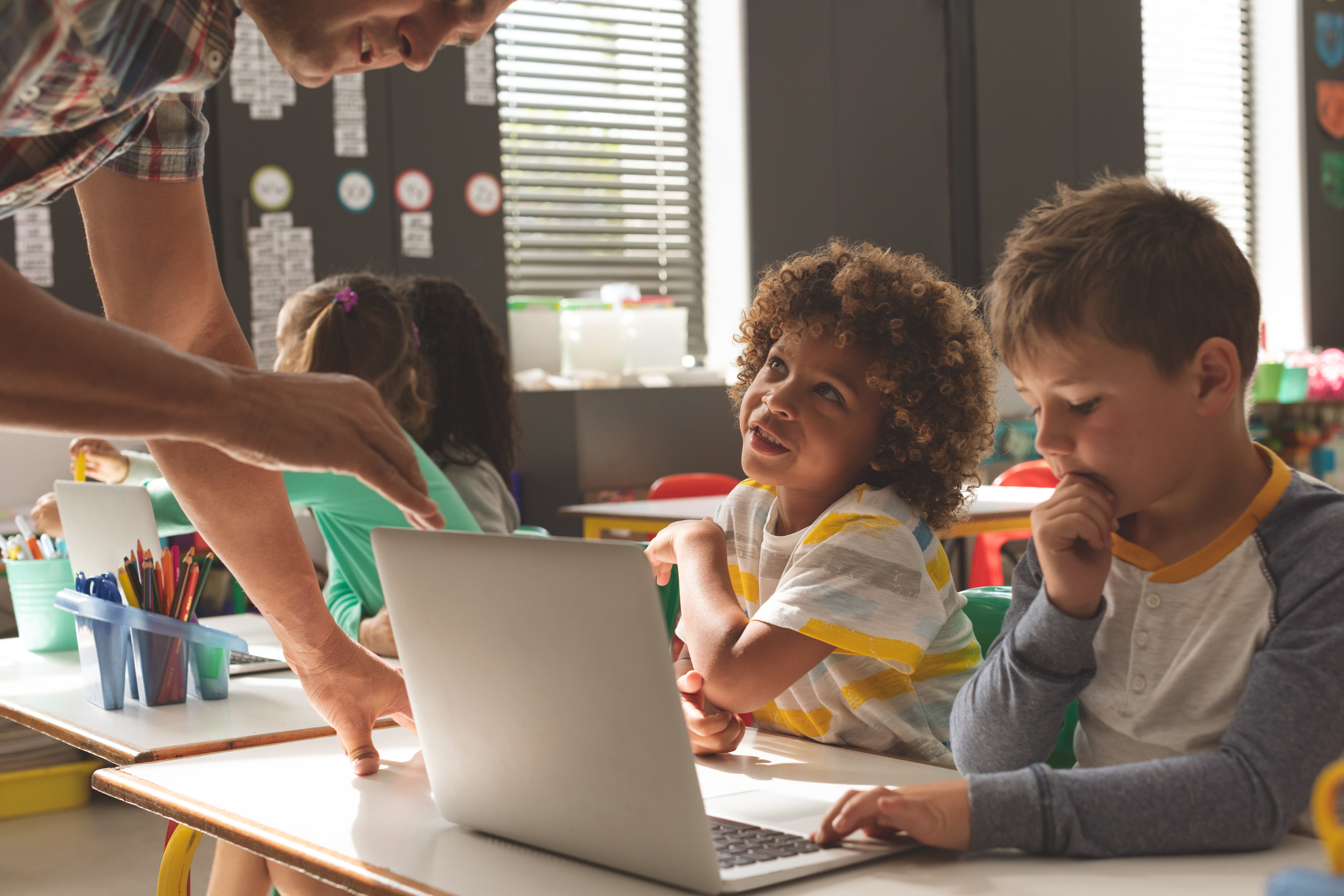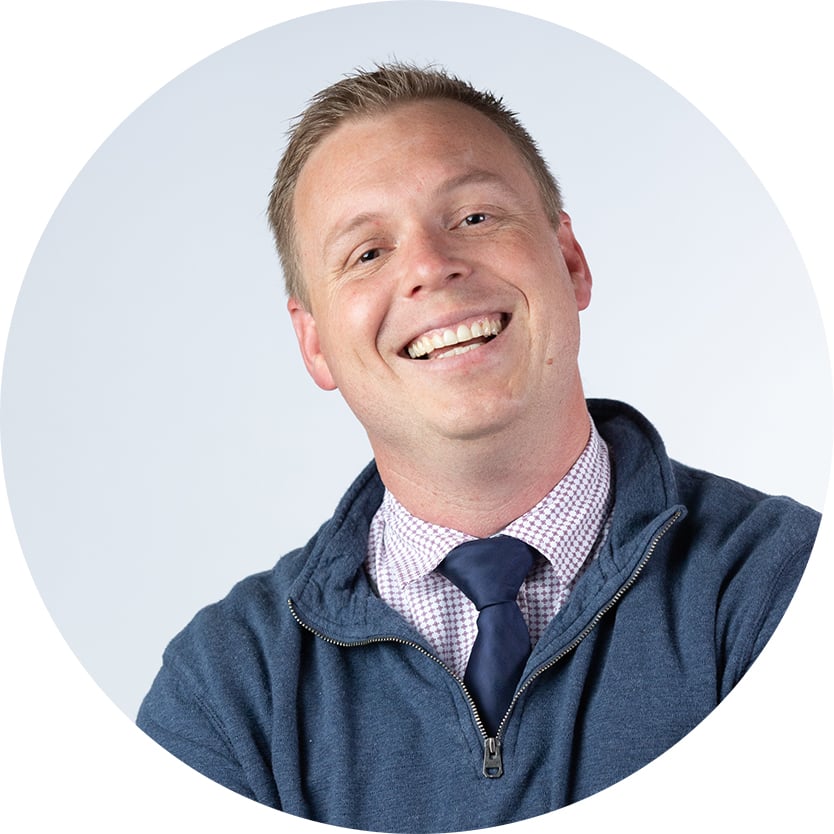A look at Learning Structures That all Students can Benefit From.
The Dream
Students with disabilities and their corresponding special education-related services have much to offer our school systems. These benefits come in the way of institutional learning, increased educator collaboration, and adaptability, and the individual and collective talents, abilities, and preferences of the students themselves. The special education process has identified these students as having needs that require something different, more personalized from their school system. Historically though, school systems have created structures and systems for supporting these students outside mainstream instructional models – pull-out services, self-contained classrooms, modified assignments done alone or in separate zoom breakout rooms with a paraprofessional are all symptoms of these trends. Rather than create adaptive classrooms, ready to handle the highest degree of learner variability, schools create different categories of classrooms and placements to funnel learners into. Some indicators of these practices are our ever-impacted master schedules, decreased instructional minutes for core content areas because of expanding interventions, and students labeled as “tier 1”, “tier 2”, “tier 3”, “SPED kids”, “honors kids” being shuffled into increasingly different programs.
Below are some questions that keep gnawing at me as I think of new ways to orient around learners who need something different.
- What if we saw students struggling to thrive in our school systems, as having the most to offer us in the way of personal and institutional learning as we improve our practices, increase our collaboration, and as the springboard for our innovations?
- What if we saw the student who needed the visuals as the catalyst for activating a teacher’s learning how to successfully inject visuals into their instruction?
- What if we saw a student needing choices to support their executive functioning challenges as the catalyst for embedded choices into a classroom in ways both this learner and their peers would benefit?
- What skills, values, and innovations would rise from the teachers and administrators working in these systems?
- How would we change if we traced our own personal and organizational development that happened as a result of learning from the needs of our students?
- What if we stopped our addiction to categorization and started learning from the learners our system has already identified as needing something different?
Let’s talk about some objections:
Objection 1
I can hear it already. Folks will say, “Wait this is impossible! We can’t expect teachers to learn from the needs of every single student. And if I understand you correctly, you want to start with students with disabilities who our system has already identified as having the highest range of need?! This is too much for one teacher to handle!”
Here is what I say to this objection – it is absolutely correct. This level of student support IS too much for one teacher to handle. In order for it to work, we’d need communities of educators equipped with an array of skills working collaboratively at school sites to address students’ needs, monitor students’ progress, make adjustments to students’ plans and global learning design. But here is my question, isn’t this the type of professional learning environment we’re all after? Many of our districts are incredibly siloed and our teachers extremely isolated. We spend billions of dollars on professional development on teacher learning communities, data collection, interdependent thinking, design thinking, and community engagement and yet we fail to spend much time at all thinking of ways our students’ needs are also a catalyst for these changes. Take special education and general education teachers for example, so much they can learn from each other, and yet too often they never get to benefit from each other’s complimenting areas of expertise.
Objection 2
Some might say, “Ok Zach, I think you’re right, but wouldn’t all students benefit from this type of system? Wouldn’t we want teams of educators able to orient around the needs of any student who is struggling and learn both the individual and global instructional and support practices that would equip these students to thrive?” Want to guess what I’d say?? YES you are absolutely correct! By starting with the students, we are already legally required to provide the least restrictive and most inclusive instruction for, we’d be creating the conditions where we could become a learning organization. So much of the structure is there in the IEP process and yet we have not found a way to harness these supports and embed this level of collaboration into our system. We need the system orientation that learners with more significant support needs would demand of us so that we have the learning structures in place that all students would benefit from.
Moving Forward
If you have been an educator for any period of time, you have at least one story from a student who pushed you to be better. They did this by forcing you to learn new instructional strategies. Moving forward let’s think of how we might design systems with this orientation. We at Novak Educational Consulting are offering a series of support strategies and instructional shifts specific to the needs of students with disabilities. As you look through these resources and see our lists of supports and strategies, we want you to dream about how physical and virtual classrooms would look and feel with these embedded practices. Could our students’ strengths and support needs actually be the catalyst for our systems’ reimagining to that of a learning organization? We sure hope so and we hope these ideas give you great places to start!
Resources
 Download this incredibly helpful resource from Alisha Poling and Katie Novak which offers UDL Strategies to Provide Specially Designed Instruction in the General Education Classroom
Download this incredibly helpful resource from Alisha Poling and Katie Novak which offers UDL Strategies to Provide Specially Designed Instruction in the General Education Classroom
- Learn to bridge the gap between special education and general education practices. Explore the self-paced course Building Bridges Between General Education and Special Education.
This post has been updated from the original publishing date of December 2020.



